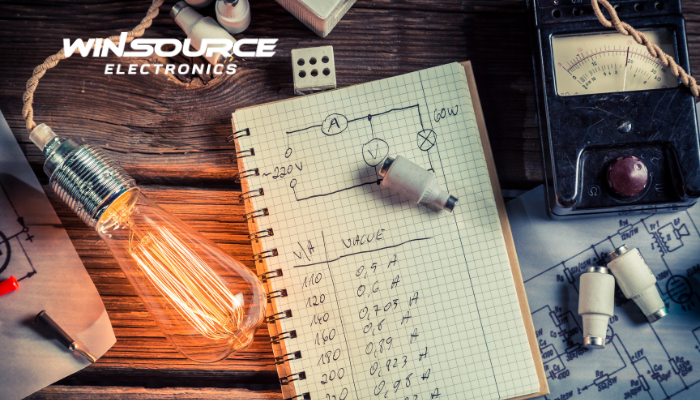
* Question
What should be paid attention to when designing a power supply for LEDs?
* Answer
Designing a power supply for LEDs requires careful attention to ensure the LEDs operate efficiently, reliably, and within their specified parameters. Here are the key considerations:
1. Voltage and Current Regulation
– Constant Current Drive: LEDs are current-driven devices; hence, a constant current power supply is preferred to prevent overcurrent, which can damage the LEDs.
– Voltage Matching: Ensure the power supply voltage matches the forward voltage drop of the LEDs or the LED array. For series connections, sum the forward voltages; for parallel connections, ensure consistent voltage across each branch.
2. Thermal Management
– Heat Dissipation: LEDs are sensitive to heat. Excessive temperature can reduce brightness and lifespan. Design the power supply with efficient thermal management, such as:
– Adequate heatsinks
– Proper ventilation
– Components with higher thermal ratings
– Temperature Compensation: Consider incorporating circuits that reduce current as temperature rises to prevent overheating.
3. Efficiency
– Power Conversion Efficiency: Use efficient power supply designs to minimize energy loss as heat. This is especially important for high-power LEDs.
– Switching vs. Linear Regulators: Switching regulators (e.g., buck or boost converters) are generally more efficient than linear regulators, especially in high-current applications.
4. LED Protection
– Overcurrent Protection: Prevent excessive current using current-limiting circuits.
– Overvoltage Protection: Include surge protection, such as TVS diodes, to handle voltage spikes.
– Reverse Polarity Protection: Prevent damage from incorrect wiring with diodes or polarity protection circuits.
5. Dimming Control
– PWM Dimming: Pulse-width modulation (PWM) is commonly used for dimming LEDs as it maintains LED color and efficiency.
– Analog Dimming: Adjusting the current for dimming, though it may affect color consistency.
– Ensure the power supply supports the desired dimming method and provides stable output at all brightness levels.
6. EMI and Noise Control
– Electromagnetic Interference (EMI): Switching power supplies can introduce noise. Use filters, shielding, and proper PCB layout to minimize interference.
– Ripple and Noise: Minimize ripple in the power supply output to avoid visible flicker or artifacts in the LED’s light.
7. Load Characteristics
– Dynamic Load Changes: Account for variations in LED load, such as during dimming or when multiple LEDs are used.
– Startup Current: LEDs can draw high inrush current at startup. The power supply must handle these transients without tripping or overloading.
8. Power Factor and Compliance
– Power Factor Correction (PFC): For high-power applications, include PFC to comply with regulatory standards and reduce energy waste.
– Regulatory Compliance: Ensure the design meets safety and electromagnetic compliance standards (e.g., CE, UL, FCC).
9. Scalability and Modularity
– Future Expansion: Design the power supply to support scalability, such as adding more LEDs in the future.
– Modular Design: Consider a modular approach for flexibility in powering different LED configurations.
10. Longevity and Reliability
– Component Selection: Use high-quality, long-life components (capacitors, inductors, etc.) to match the LED lifespan.
– Stress Testing: Test the power supply under extreme conditions (temperature, load, etc.) to ensure durability.
By addressing these aspects, you can design a robust, efficient, and reliable power supply tailored for LED applications.

COMMENTS